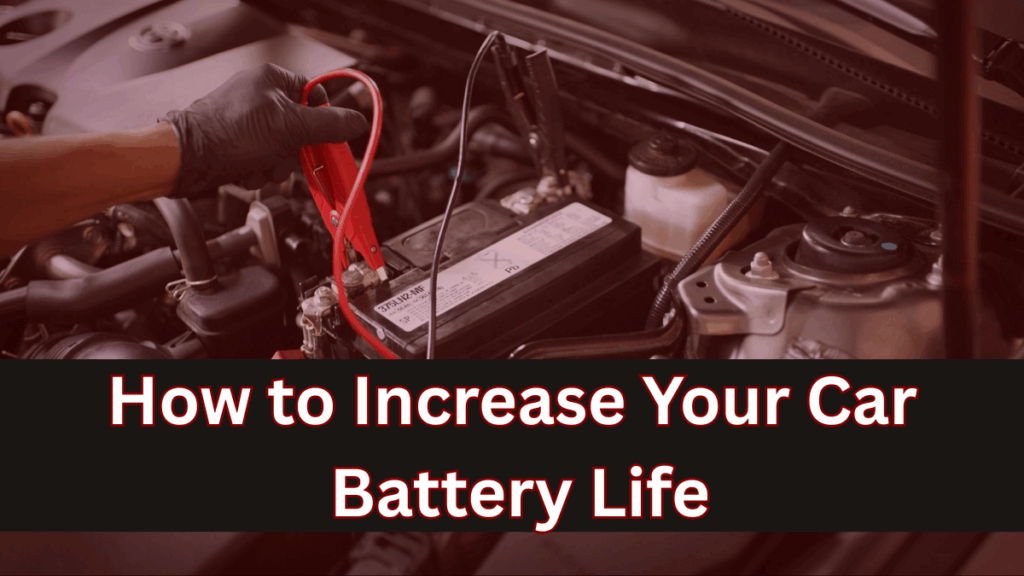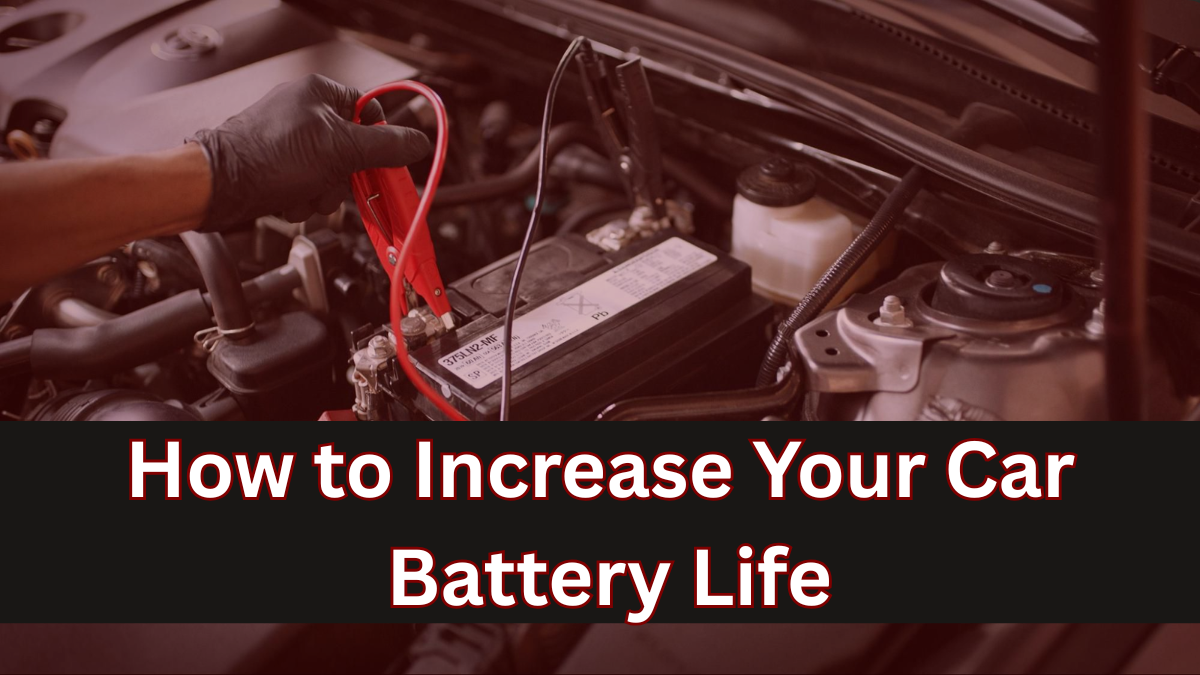We’ve all been there—you get into your car, turn the key, and nothing happens. A dead battery can be frustrating and inconvenient, especially when you least expect it. But here’s the good news: with the right care and attention, you can significantly extend your battery’s life.
Whether you drive daily or occasionally, knowing how to increase car battery life is a must. Let’s explore some practical car battery maintenance tips and a simple charging guide that actually work.

Why Car Battery Life Matters?
Your car battery isn’t just responsible for starting your vehicle—it powers your lights, radio, AC, and more. Replacing a dead battery can cost you both time and money, so taking steps to keep it healthy is a smart move.
Proven Car Battery Maintenance Tips
Keeping your car battery in top shape doesn’t require much, but a little attention goes a long way. Here are some car battery maintenance tips that are easy to follow:
Keep It Clean
-
Check for corrosion around terminals and clean it regularly.
-
Use a mixture of baking soda and water to clean build-up without damaging the battery.
Drive Regularly
-
Batteries recharge while the vehicle is in use.
-
Aim to drive your car for at least 30 minutes once a week to maintain charge.
Limit Short Trips
-
Short drives prevent your battery from fully charging.
-
Combine errands into one longer trip to ensure better battery health.
Turn Off All Electricals When Not in Use
-
Don’t leave the headlights, radio, or interior lights on when the engine is off.
-
Make it a habit to double-check everything before locking your car.
Charging Guide: Keep That Battery Going Strong
A smart charging guide is key when learning how to increase car battery life. Here’s a quick table of best practices:
| Action | Why It Matters |
|---|---|
| Use a Trickle Charger | Keeps the battery at optimal charge without overcharging |
| Avoid Full Discharge | Deep discharges can reduce battery lifespan significantly |
| Monitor Charging Voltage | Maintain between 13.7 to 14.7 volts for healthy charging |
| Recharge After Long Storage | Always charge fully before using a stored vehicle again |
Following a structured charging schedule is one of the easiest and most effective ways to preserve your battery.
Keep an Eye on Temperature
Extreme temperatures can drastically affect battery performance. Here’s what you can do:
-
Hot Weather: Park in the shade to minimize overheating and fluid evaporation.
-
Cold Weather: Use a battery insulation kit or park indoors to reduce cold strain on the battery.
Routine Battery Checks Matter
Regular inspections can catch battery issues early. Here’s what to look for:
-
Physical damage, cracks, or bulging.
-
Signs of acid leakage or corrosion.
-
Use a voltmeter every few months to ensure charge levels are between 12.4V and 12.7V.
-
Replace the battery every 3–5 years depending on performance and climate exposure.
FAQs
1. How often should I check my car battery?
It’s best to inspect your battery at least once every three months. Regular checks help detect corrosion or low charge early.
2. Can extreme weather affect battery life?
Absolutely. Hot weather accelerates internal wear, while cold conditions slow chemical reactions. Both impact longevity.
3. Is it okay to leave my car unused for weeks?
Leaving your car unused for extended periods may lead to discharge. Use a trickle charger or drive the vehicle weekly to maintain charge.
4. How do I know if my battery needs replacing?
Slow engine starts, dim headlights, and dashboard warning lights are signs. A battery older than 3–5 years may also need replacing.
Final Thoughts
Proper car battery maintenance tips don’t require advanced mechanical knowledge—just a bit of consistency and awareness. From sticking to a routine charging guide to cleaning the terminals and avoiding short trips, these simple habits can make a big difference.
Now that you know how to increase car battery life, you’re better equipped to save time, money, and avoid unexpected breakdowns.
Click here to learn more
